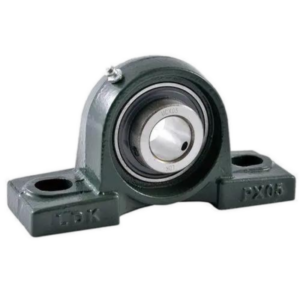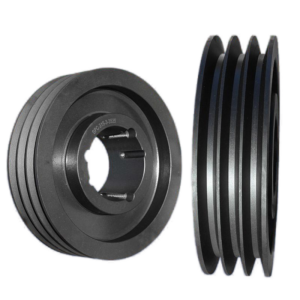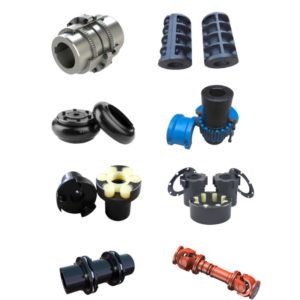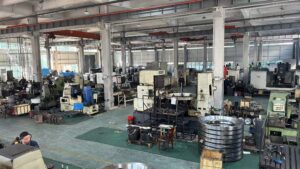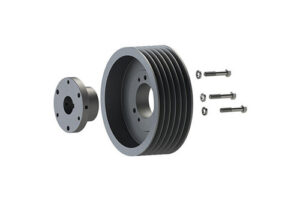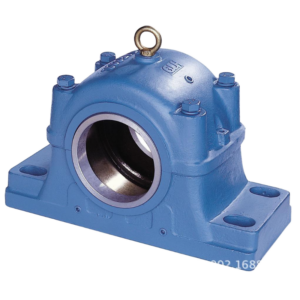When it comes to machinery and equipment, the quality of your bearing can make all the difference between seamless performance and costly downtime. Whether you’re a seasoned professional or a first-time buyer, knowing how to identify a high-quality bearing is crucial. This guide will take you through a comprehensive checklist to ensure you make the best choice for your needs.
We’ll start by exploring what defines a high-quality bearing, from the materials used in its construction to the precision of its manufacturing. You’ll learn how to spot potential defects and compare different types of bearings, such as ball bearings and roller bearings, to determine what works best for your application.
Understanding technical aspects like load ratings, speed limits, and the significance of proper seals and shields can further empower your decision-making. We’ll also dive into practical tips for detecting counterfeit bearings and deciphering labels and specifications. Lastly, we’ll highlight the often-overlooked role of lubrication in extending the lifespan and efficiency of your bearings.
By the end of this checklist, you’ll have the tools and knowledge to confidently choose a bearing that delivers reliability, performance, and value. Let’s get started!
1. Understanding the Basics: What Makes a Bearing High-Quality?
The first step in identifying a high-quality bearing is knowing what sets it apart. A high-quality bearing is designed for optimal performance, durability, and reliability. Key indicators include consistent performance under load, minimal friction, and excellent resistance to wear and tear. Always look for bearings manufactured by reputable brands with a proven track record.
2. Key Materials Used in Bearing Construction and Why They Matter
The material composition of a bearing plays a significant role in its performance and longevity. High-quality bearings typically use premium-grade steel or ceramic, offering superior strength and resistance to corrosion. Avoid bearings made from inferior materials, as they are prone to early failure and inefficiency.
3. How to Spot Manufacturing Defects in Bearings
Inspect the bearing visually for signs of defects such as uneven surfaces, cracks, or inconsistencies in the finish. Rotate the bearing to check for smooth movement. Any grinding or irregular noises could indicate a defect. High-quality bearings undergo rigorous quality control to ensure flawless manufacturing.
4. The Role of Precision in Bearing Performance and Longevity
Precision engineering is vital for bearing efficiency. Bearings with tight tolerances and accurate dimensions reduce friction and wear, enhancing performance. Verify that the bearing meets industry standards such as ISO or ABEC ratings, which reflect its precision and quality.
5. Comparing Ball Bearings vs. Roller Bearings: Which Is Better?
Understanding the difference between ball bearings and roller bearings can help you select the right type for your application. Ball bearings are ideal for lighter loads and high-speed operations, while roller bearings handle heavier loads and lower speeds. Consider your specific requirements to make the best choice.
6. Evaluating Load Ratings and Speed Limits in Bearings
Check the manufacturer’s specifications for load ratings and speed limits. These figures indicate the bearing’s capacity to handle pressure and rotational speed. Exceeding these limits can lead to premature failure, so choose a bearing that aligns with your operational needs.
7. Signs of Counterfeit Bearings and How to Avoid Them
Counterfeit bearings are a growing concern in the market. Look for red flags such as inconsistent branding, spelling errors on packaging, or unusually low prices. Always purchase from authorized dealers or directly from the manufacturer to ensure authenticity.
8. Importance of Seals and Shields in Protecting Bearings
Seals and shields are essential for protecting bearings from contaminants like dust, dirt, and moisture. High-quality bearings feature durable seals or shields that enhance their lifespan and performance. Choose the type of protection based on your operating environment.
9. How to Read Bearing Labels and Specifications Like an Expert
Bearing labels and specifications provide critical information about size, load capacity, speed, and material. Familiarize yourself with these details to ensure compatibility with your equipment. Accurate knowledge of labeling standards will prevent costly errors.
10. The Impact of Proper Lubrication on Bearing Quality and Efficiency
Lubrication is a key factor in reducing friction and wear. High-quality bearings are compatible with a range of lubricants, and proper maintenance can significantly extend their service life. Follow the manufacturer’s recommendations for lubrication frequency and type.
Final Thoughts
Investing in high-quality bearings is essential for the long-term performance and reliability of your equipment. By following this checklist, you can confidently identify bearings that meet your needs and avoid common pitfalls. Remember, a well-chosen bearing not only enhances efficiency but also minimizes maintenance costs and downtime—a win-win for any customer.

